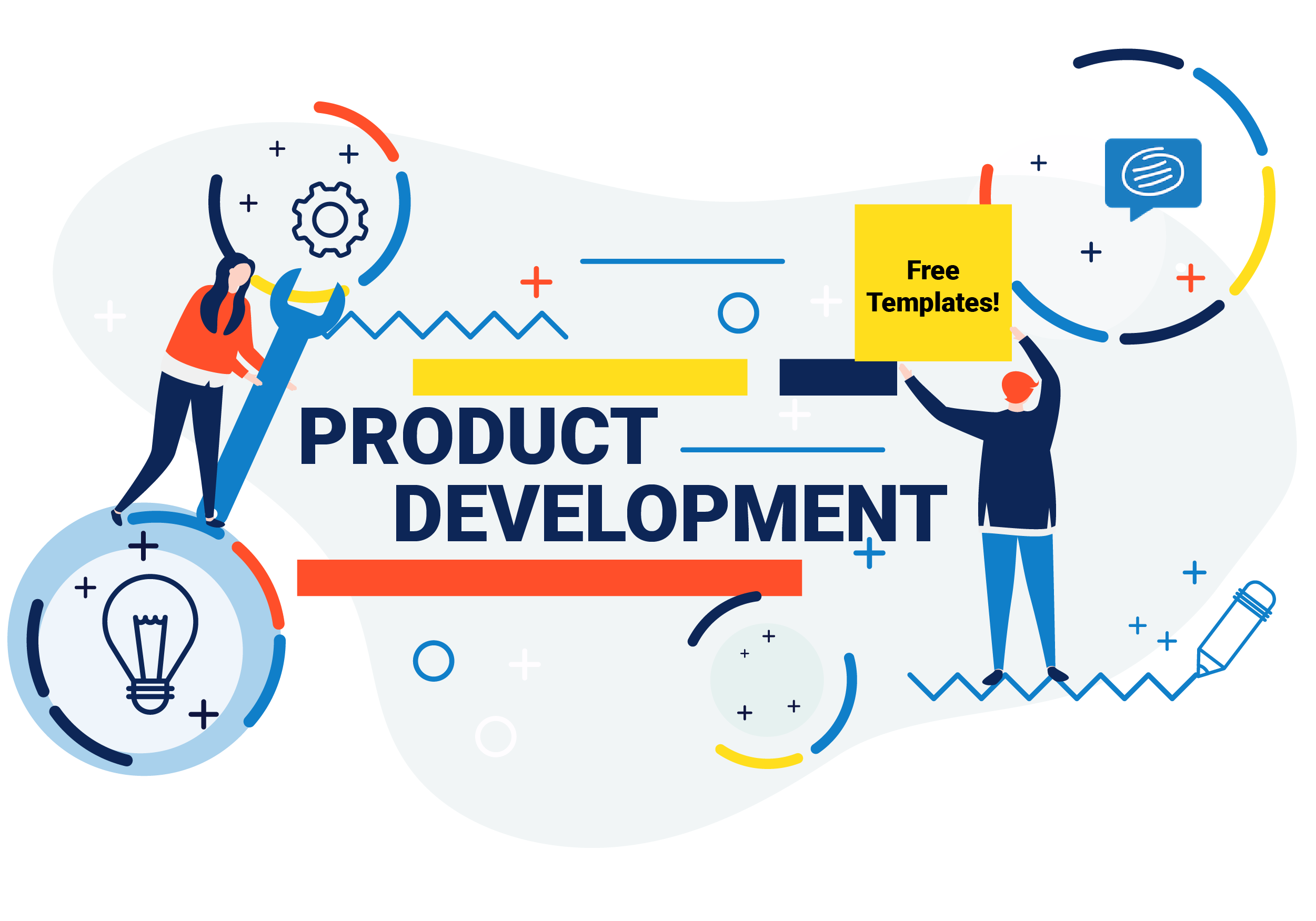Product development is a multifaceted process that involves turning ideas into tangible products. This journey, from concept to market, is fraught with challenges that can derail even the most promising projects. However, understanding these challenges and implementing effective solutions can significantly enhance the chances of success. This article provides a comprehensive overview of the common obstacles in product development and explores practical solutions to overcome them.
Understanding Market Needs and Trends
Challenge: Identifying Market Needs
One of the primary challenges in product development is understanding what the market needs. This involves extensive research to identify gaps, trends, and consumer preferences. Misinterpreting these can lead to the creation of products that do not meet market demands, resulting in poor sales and wasted resources.
Solution: Market Research and Analysis
Conducting thorough market research is crucial. This can be achieved through surveys, focus groups, and analyzing market reports. Additionally, staying updated with industry trends through journals, conferences, and networking can provide valuable insights. Engaging with potential customers early in the development process can also ensure that the product aligns with their needs and expectations.
Design and Development Complexities
Challenge: Managing Design Specifications
Designing a product that meets all specifications while remaining cost-effective and manufacturable is a significant challenge. Miscommunication between teams, changing requirements, and technical limitations can complicate the design process.
Solution: Collaborative Tools and Prototyping
Using collaborative tools like CAD software and project management platforms can streamline communication and ensure that everyone is on the same page. Prototyping is another effective solution. It allows for the testing of designs in real-world conditions, identifying issues early, and making necessary adjustments before full-scale production.
Budget Constraints and Cost Management
Challenge: Staying Within Budget
Product development often involves unexpected costs that can quickly escalate, putting pressure on the budget. This challenge is compounded by the need to balance quality and cost, ensuring that the final product is both affordable and reliable.
Solution: Detailed Planning and Financial Oversight
Creating a detailed budget plan that includes potential contingencies is essential. Regular financial reviews and audits can help track spending and identify areas where costs can be controlled. Additionally, adopting cost-saving technologies and practices, such as lean manufacturing and automation, can help manage expenses effectively.
Regulatory and Compliance Issues
Challenge: Navigating Regulations
Compliance with industry standards and regulations is a critical aspect of product development. However, navigating the complex and ever-changing regulatory landscape can be daunting, particularly for products in highly regulated industries like healthcare and automotive.
Solution: Expert Consultation and Continuous Monitoring
Engaging with regulatory experts early in the development process can provide clarity on the required standards and certifications. Continuous monitoring of regulatory updates and maintaining open communication with regulatory bodies can ensure compliance and avoid costly delays.
Time Management and Deadlines
Challenge: Meeting Project Deadlines
Product development is often constrained by tight deadlines. Delays in any stage of the process can push back the launch date, affecting the product’s market potential and the company’s profitability.
Solution: Agile Methodologies and Milestone Tracking
Adopting agile methodologies allows for flexibility and iterative progress, making it easier to adapt to changes and address issues promptly. Breaking the project into smaller milestones and tracking progress against these can help manage time effectively and ensure timely delivery.
Intellectual Property and Innovation
Challenge: Protecting Intellectual Property
Innovative products need to be protected against intellectual property theft, which can undermine competitive advantage. Ensuring that innovations are not inadvertently copied or stolen during the development process is a significant concern.
Solution: Patents and Confidentiality Agreements
Securing patents for new inventions and designs provides legal protection against intellectual property theft. Additionally, implementing confidentiality agreements with all stakeholders involved in the product development process can safeguard sensitive information.
Team Coordination and Communication
Challenge: Ensuring Effective Team Coordination
Product development often involves cross-functional teams, including engineers, designers, marketers, and financiers. Coordinating these diverse teams and ensuring effective communication is crucial for the project’s success.
Solution: Integrated Communication Platforms and Regular Meetings
Using integrated communication platforms, such as Slack or Microsoft Teams, can enhance team coordination by providing a central hub for information sharing. Regular meetings, both formal and informal, can ensure that everyone is aligned with the project goals and timelines.
Risk Management and Contingency Planning
Challenge: Managing Risks
Product development is inherently risky, with potential issues ranging from technical failures to market rejection. Identifying and managing these risks proactively is essential to avoid project derailment.
Solution: Risk Assessment and Contingency Planning
Conducting a thorough risk assessment at the beginning of the project can help identify potential risks and develop strategies to mitigate them. Having contingency plans in place ensures that the project can continue smoothly even if unexpected issues arise.
Customer Feedback and Iteration
Challenge: Incorporating Customer Feedback
Gathering and incorporating customer feedback can be challenging but is crucial for the product’s success. Ignoring feedback can result in a product that does not meet customer expectations.
Solution: Iterative Development and Beta Testing
Implementing iterative development processes, such as beta testing, allows customers to provide feedback before the final product is released. This feedback can be used to make necessary adjustments, ensuring that the final product meets customer expectations and performs well in the market.
